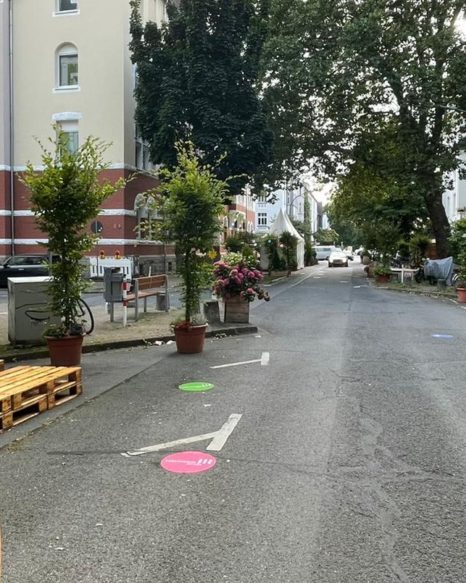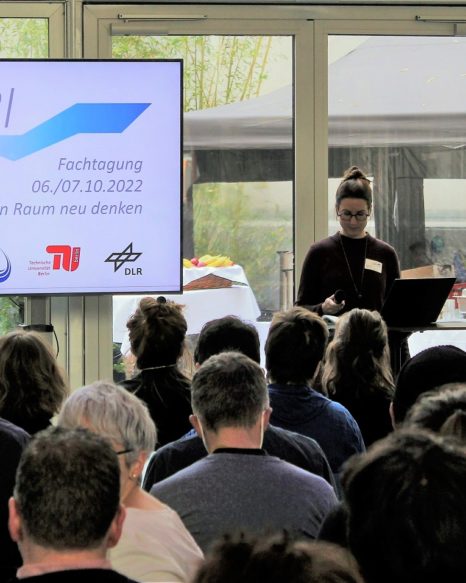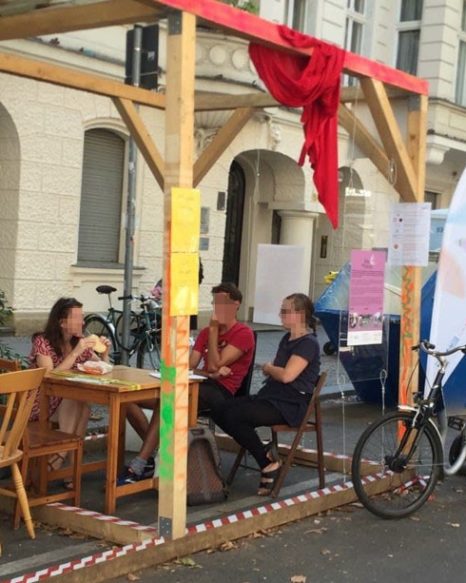Seit 2019 dürfen wir mit unserer Forschungsgruppe EXPERI in Berlin die „Verkehrswende als sozial-ökologisches Realexperiment“ wissenschaftlich begleiten und analysieren. Der Fokus unserer interdisziplinär zusammengesetzten Gruppe liegt dabei auf den sozialen und räumlichen Aspekten von städtischer Mobilität. In unserer Ideensammlung "Impulse für die urbane Verkehrswende" finden Sie kurze Einblicke in zentrale Forschungsergebnisse und insgesamt 18 Vorschläge für die zukünftige Gestaltung von Transformationsprozessen im Bereich Mobilität und Verkehr.
Der Expertenbeirat Klimaschutz in der Mobilität berät das Bundesministerium für Digitales und Verkehr während der 20. Legislaturperiode. Auf der Sitzung am 14. Juni fand ein intensiver Austausch mit Bundeminister Dr. Wissing statt, aus der Anregungen für die weitere Arbeit am Thema Klimaschutz im Verkehr entstanden sind, insbesondere auch in Hinblick auf Akzeptanz, Verhalten, Kommunikation und Lebensqualität.
The first episode takes a look at temporary measures in urban and traffic planning with guests Dr Julia Jarass from the German Aerospace Center (DLR) and Katharina Götting (RIFS Potsdam). Julia Jarass presents the results of the real-world laboratory "Autofreie Sommerstraße Barbarossa", which was carried out in Berlin-Schöneberg in 2021. Katharina Götting reports on the effects of pop-up bike infrastructure, which she studied with her team in Berlin-Kreuzberg.
Real-world experiments have become popular in urban planning and mobility research. But what contribution can they make to a sustainable and equitable transport transition? A new study shows where real-world labs fall short.
Organised by the EXPERI research group, the symposium “The Transport Transition: Rethinking Urban Space" opened on 6 October 2022 at Place of Participation – a pop-up venue on Kurfürstendamm – attended by almost 100 guests and the EXPERI team.
This chapter is devoted to mobility in France and Germany. First, key mobility indicators for the two countries are presented. This shows that private motorised transport still dominates in both France and Germany. Despite many negative effects on the climate, but also on health and quality of life, no far-reaching measures have been adopted.
Im August 2021 wurde ein Teil der Barbarossastraße in Berlin Schöneberg komplett autofrei. Konkret bedeutet das, dass es in diesem Zeitraum keinen motorisierten Verkehr im Bereich zwischen der Goltzstraße und der Kyffhäuser Straße gab und die Straße somit zum Zufußgehen, Radfahren, Spielen und zum Aufenthalt genutzt werden konnte. Das DLR Institut für Verkehrsforschung hat die Sommerstraße Barbarossa wissenschaftlich begleitet und vor sowie nach dem Projekt in Kooperation mit dem Projekt Kiezerfahren eine Haushaltsbefragung durchgeführt. Insgesamt wurden 1700 Haushalte in den angrenzenden Wohnblöcken gebeten, schriftlich oder online an den Befragungen teilzunehmen. Insgesamt haben 193 Personen an der Befragung teilgenommen (eine Rücklaufquote von 11 %).
Commuting by bicycle or on foot is beneficial for health and wellbeing. However, cycling and walking alongside road traffic poses the risk of air pollution and noise exposure. The perceived exposure to air pollution and noise en route and the momentary sensory awareness in traffic has rarely been investigated. This study addresses this research gap. The aim was to examine cyclists’/pedestrians’ sensory awareness, perceived and measured exposure, and practices to reduce health risks and improve wellbeing en route.
Parking fees are going up, the rail network is being expanded - and the Senate will soon be responsible for many cycle paths: Here's how the comments turn out.
The Berlin Mobility Act (MobG BE) has raised great expectations for a rapid transformation of the capital into a people- and environmentally-friendly mobility space. This paper reviews progress in four areas of action.






